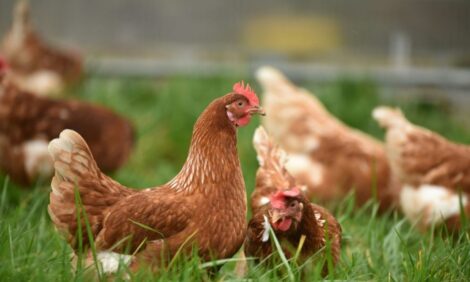



Composting manure: a natural, efficient, and low-maintenance process
How composting manure works.Many farmers hesitate to compost manure because they believe it is difficult, time-consuming, or requires constant attention. However, this is a common misconception. With the right equipment, composting becomes an almost self-sustaining process – it simply needs the right conditions to work effectively.
How does composting work?
At its core, composting relies on microorganisms that naturally exist in manure and the environment. These bacteria and fungi don’t need to be added artificially—they are already present, waiting for the right conditions to thrive. Once provided with the right moisture, oxygen, and temperature, they begin breaking down organic matter, converting waste into nutrient-rich compost.
Let’s take chicken manure as an example. It contains a mix of:
- Harmful elements – pathogens, excess salts, heavy metals, and weed seeds.
- Beneficial with the right treatment – nitrogen compounds, organic matter, cellulose, lignin, and uric acid.
- Naturally beneficial components – existing microbial populations.
The challenge is not just eliminating harmful elements but transforming beneficial ones into a form that improves soil health. This transformation is driven by aerobic bacteria, which need oxygen to function.
Creating the right environment for microbial action
Composting manually can be a challenge – ensuring proper aeration, monitoring moisture levels, and maintaining temperature can require significant effort. This is why our modern composting systems are designed to automate and optimize the process, reducing the need for constant human intervention.
For example, the Soilath System for pre-composting ensures that the process starts off with the right conditions. This system provides controlled aeration to promote bacterial activity. It helps monitor conditions within the manure pile using special sensors. The data can be received and analyzed in real time, allowing farmers to track the progress of composting without manual checks.

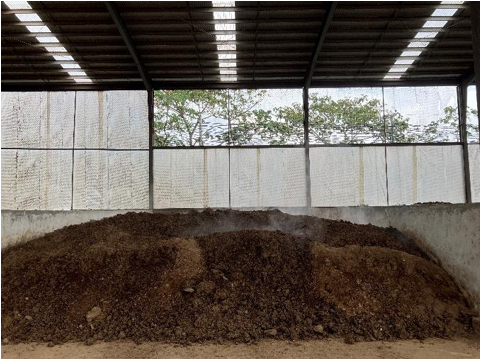
Once the pre-composting phase is complete, the composter takes over. The material is placed inside a composting pit, where it undergoes continuous aeration and agitation. This ensures that oxygen reaches deep into the material, supporting aerobic bacteria. As a result, the compost reaches and maintains high temperatures, eliminating pathogens and weed seeds.
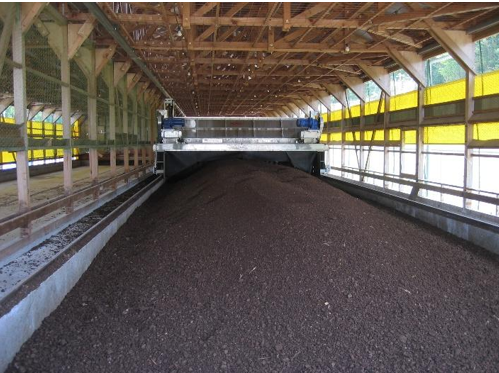
Why temperature matters
As microbes break down organic material, they naturally generate heat. In well-managed systems, temperatures often exceed 70°C, creating conditions that eliminate pathogens and weed seeds while converting harmful ammonia into plant-friendly nitrogen compounds.
Importantly, these high temperatures must be sustained for several days to ensure complete pathogen elimination. Our automated composting systems make this process easy by monitoring and adjusting aeration to maintain the right balance.
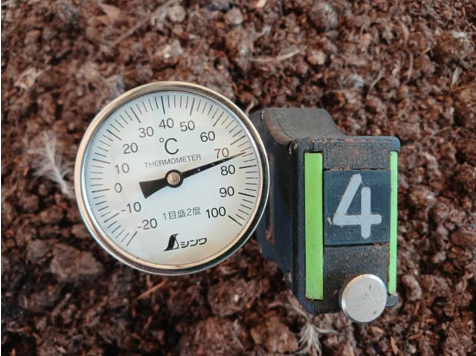
Composting done right: simple, safe, and sustainable
With a properly managed composting system, farmers don’t need to worry about high-maintenance processes, additives, or chemicals. The natural decomposition process, guided by technology and science, ensures that manure is transformed into a safe, easy-to-use organic fertilizer.
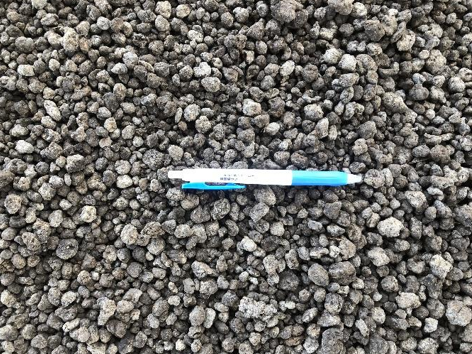
Farming should be efficient and sustainable. With modern composting technology, turning waste into high-quality fertilizer is simpler than ever.









